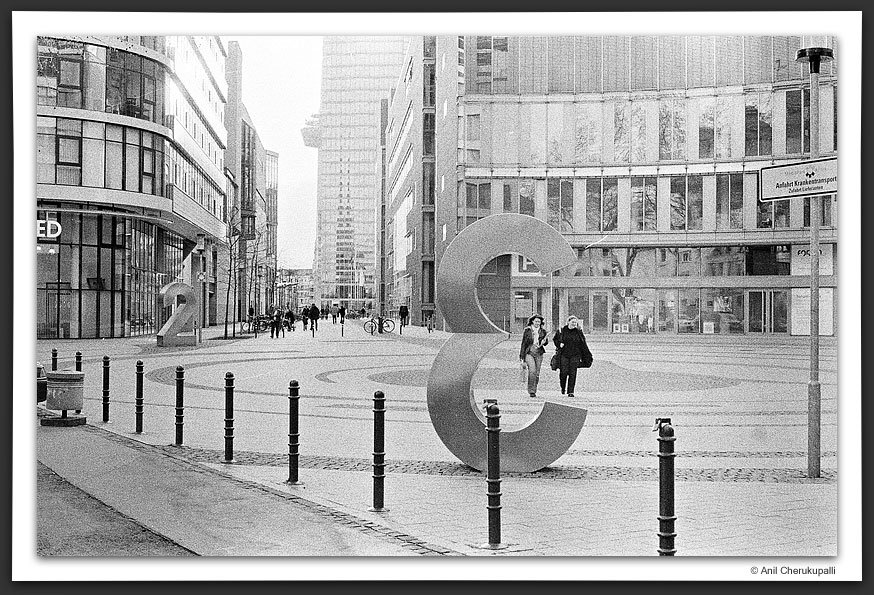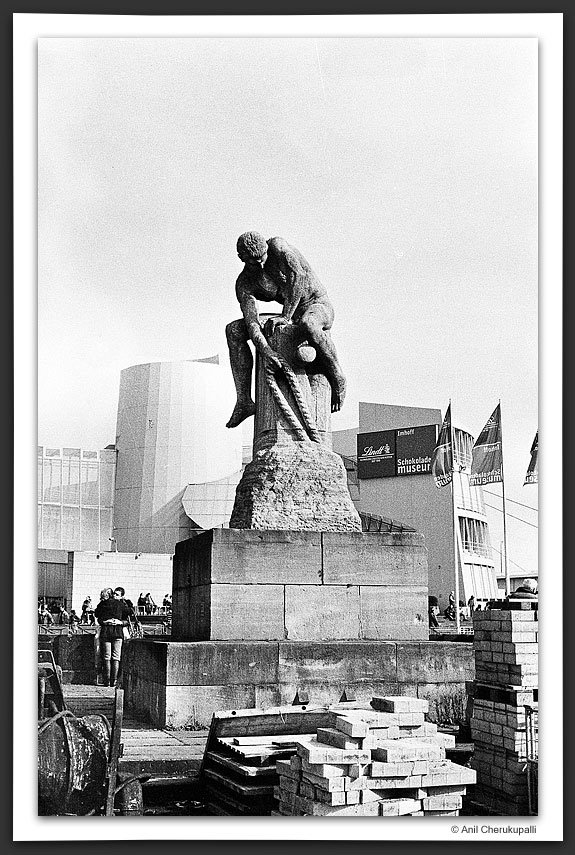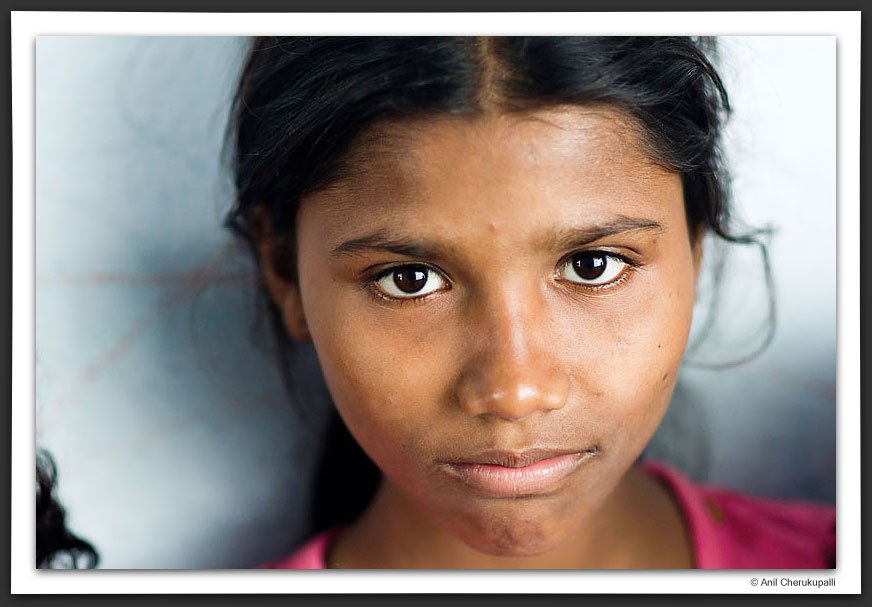Watching at least four English news channels surfing from one another
during the last 60 hours of terror strike made me feel a terror of
another kind. The terror of assaulting one’s mind and sensitivity with
cameras, sound bites and non-stop blabbers. All these channels have
been trying to manufacture my consent for a big lie called – Hotel Taj
the icon of India.
Whose India, Whose Icon ?
It is a matter of great shame that these channels simply did not
bother about the other icon that faced the first attack from
terrorists – the Chatrapathi Shivaji Terminus (CST) railway station.
CST is the true icon of Mumbai. It is through this railway station
hundreds of Indians from Uttar Pradesh, Bihar, Rajasthan, West Bengal
and Tamilnadu have poured into Mumbai over the years, transforming
themselves into Mumbaikars and built the Mumbai of today along with
the Marathis and Kolis
But the channels would not recognise this. Nor would they recognise
the thirty odd dead bodies strewn all over the platform of CST. No
Barkha dutt went there to tell us who they were. But she was at Taj to
show us the damaged furniture and reception lobby braving the guards.
And the TV cameras did not go to the government run JJ hospital to
find out who those 26 unidentified bodies were. Instead they were
again invading the battered Taj to try in vain for a scoop shot of the
dead bodies of the page 3 celebrities.
In all probability, the unidentified bodies could be those of workers
from Bihar and Uttar Pradesh migrating to Mumbai, arriving by train at
CST without cell phones and pan cards to identify them. Even after 60
hours after the CST massacre, no channel has bothered to cover in
detail what transpired there.
The channels conveniently failed to acknowledge that the Aam Aadmis of
India surviving in Mumbai were not affected by Taj, Oberoi and Trident
closing down for a couple of weeks or months. What mattered to them
was the stoppage of BEST buses and suburban trains even for one hour.
But the channels were not covering that aspect of the terror attack.
Such information at best merited a scroll line, while the cameras have
to be dedicated for real time thriller unfolding at Taj or Nariman
bhavan.
The so called justification for the hype the channels built around
heritage site Taj falling down (CST is also a heritage site), is that
Hotel Taj is where the rich and the powerful of India and the globe
congregate. It is a symbol or icon of power of money and politics, not
India. It is the icon of the financiers and swindlers of India. The
Mumbai and India were built by the Aam Aadmis who passed through CST
and Taj was the oasis of peace and privacy for those who wielded power
over these mass of labouring classes. Leopold club and Taj were the
haunts of rich spoilt kids who would drive their vehicles over
sleeping Aam Aadmis on the pavement, the Mafiosi of Mumbai forever
financing the glitterati of Bollywood (and also the terrorists) ,
Political brokers and industrialists.
It is precisely because Taj is the icon of power and not people, that
the terrorists chose to strike.
The terrorists have understood after several efforts that the Aam
Aadmi will never break down even if you bomb her markets and trains.
He/she was resilient because that is the only way he/she can even
survive.
Resilience was another word that annoyed the pundits of news channels
and their patrons this time. What resilience, enough is enough, said
Pranoy Roy\\\’s channel on the left side of the channel spectrum. Same
sentiments were echoed by Arnab Goswami representing the right wing of
the broadcast media whose time is now. Can Rajdeep be far behind in
this game of one upmanship over TRPs ? They all attacked resilience
this time. They wanted firm action from the government in tackling
terror.
The same channels celebrated resilience when bombs went off in trains
and markets killing and maiming the Aam Aadmis. The resilience of the
ordinary worker suited the rich business class of Mumbai since work or
manufacture or film shooting did not stop. When it came to them, the
rich shamelessly exhibited their lack of nerves and refused to be
resilient themselves. They cry for government intervention now to
protect their private spas and swimming pools and bars and
restaurants, similar to the way in which Citibank, General Motors and
the ilk cry for government money when their coffers are emptied by
their own ideologies.
The terrorists have learnt that the ordinary Indian is unperturbed by
terror. For one whose daily existence itself is a terror of government
sponsored inflation and market sponsored exclusion, pain is something
he has learnt to live with. The rich of Mumbai and India Inc are
facing the pain for the first time and learning about it just as the
middle classes of India learnt about violation of human rights only
during emergency, a cool 28 years after independence.
And human rights were another favourite issue for the channels to whip
at times of terrorism.
Arnab Goswami in an animated voice wondered where were those
champions of human rights now, not to be seen applauding the brave and
selfless police officers who gave up their life in fighting terorism.
Well, the counter question would be where were you when such officers
were violating the human rights of Aam Aadmis. Has there ever been any
24 hour non stop coverage of violence against dalits and adivasis of
this country?
This definitely was not the time to manufacture consent for the extra
legal and third degree methods of interrogation of police and army but
Arnabs don\\\’t miss a single opportunity to serve their class masters,
this time the jingoistic patriotism came in handy to whitewash the
entire uniformed services.
The sacrifice of the commandos or the police officers who went down
dying at the hands of ruthless terrorists is no doubt heart rending
but in vain in a situation which needed not just bran but also brain.
Israel has a point when it says the operations were misplanned
resulting in the death of its nationals here.
Khakares and Salaskars would not be dead if they did not commit the
mistake of traveling by the same vehicle. It is a basic lesson in
management that the top brass should never t ravel together in crisis.
The terrorists, if only they had watched the channels, would have
laughed their hearts out when the Chief of the Marine commandos, an
elite force, masking his face so unprofessionally in a see-through
cloth, told the media that the commandos had no idea about the
structure of the Hotel Taj which they were trying to liberate. But the
terrorists knew the place thoroughly, he acknowledged.
Is it so difficult to obtain a ground plan of Hotel Taj and discuss
operation strategy thoroughly for at least one hour before entering?
This is something even an event manager would first ask for, if he had
to fix 25 audio systems and 50 CCtvs for a cultural event in a hotel.
Would not Ratan Tata have provided a plan of his ancestral hotel to
the commandos within one hour considering the mighty apparatus at his
and government\\\’s disposal? Are satelite pictures only available for
terrorists and not the government agencies ? In an operation known to
consume time, one more hour for preparation would have only improved
the efficiency of execution.
Sacrifices become doubly tragic in unprofessional circumstances. But
the Aam Aadmis always believe that terror-shooters do better planning
than terrorists. And the gullible media in a jingoistic mood would not
raise any question about any of these issues.
They after all have their favourite whipping boy – the politician the
eternal entertainer for the non-voting rich classes of India.
Arnabs and Rajdeeps would wax eloquent on Nanmohan Singh and Advani
visiting Mumbai separately and not together showing solidarity even at
this hour of national crisis. What a farce? Why can\\\’t these channels
pool together all their camera crew and reporters at this time of
national calamity and share the sound and visual bites which could
mean a wider and deeper coverage of events with such a huge human
resource to command? Why should Arnab and Rajdeep and Barkha keep
harping every five minutes that this piece of information was
exclusive to their channel, at the time of such a national crisis? Is
this the time to promote the channel? If that is valid, the politician
promoting his own political constituency is equally valid. And the
duty of the politican is to do politics, his politics. It is for the
people to evaluate that politics.
And terrorism is not above politics. It is politics by other means.
To come to grips with it and to eventually eliminate it, the practice
of politics by proper means needs constant fine tuning and
improvement. Decrying all politics and politicians, only helps
terrorists and dictators who are the two sides of the same coin. And
the rich and powerful always prefer terrorists and dictators to do
business with.
Those caught in this crossfire are always the Aam Aadmis whose deaths
are not even mourned – the taxi driver who lost the entire family at
CST firing, the numerous waiters and stewards who lost their lives
working in Taj for a monthly salary that would be one time bill for
their masters.
Postscript: In a fit of anger and depression, I sent a message to all
the channels, 30 hours through the coverage. After all they have been
constantly asking the viewers to message them for anything and
everything. My message read: I send this with lots of pain. All
channels, including yours, must apologise for not covering the victims
of CST massacre, the real mumbaikars and aam aadmis of India. Your
obsession with five star elite is disgusting. Learn from the print
media please. No channel bothered. Only Srinivasan Jain replied: you
are right. We are trying to redress balance today. Well, nothing
happened till the time of writing this 66 hours after the terror
attack.
[-] Show Less





